The Difference Between Free-Range, Organic, and Cage-Free Chickens
If you’ve purchased eggs recently, you’ve likely noticed an increase in options available at the supermarket. The differences between organic, free-range, and cage-free chickens can be difficult to understand with the limited amount of information available on the egg cartons. Today, we’ll examine those terms to help you better understand the ways chickens are raised before their eggs make it to the market.
Organic
Organic eggs come from chickens who were fed only an organic diet, free of genetically modified food and antibiotics. Many conventional chickens are given antibiotics as part of their diet to prevent infections and diseases. With organic chickens, antibiotics may only be administered if the animal has an infection. Further, added hormones to increase egg production are strictly forbidden under the organic label.
In order to receive the organic label, chickens must be raised in a cage-free environment, meaning they have freedom to move around the chicken coop. Organic chickens are also required to have access to the outdoors, though there is no regulation on minimum size of the outdoor pen. By providing outdoor access, the chickens are able to supplement their diets with insects common to the area while also being able to retain their instincts and normal muscle development. Organic practices require third-party inspections and verification in order to maintain the organic certification.
Cage-Free
Like organic eggs, cage-free eggs come from chickens who are allowed to move around the chicken coop. Conventional farming techniques confine chickens to small cages, rarely giving them access to areas where they can move around. Cage-free chickens are kept in coops without cages and are allowed to move around. In large henhouses, conditions of the coop may become overcrowded, preventing the chickens from moving easily amongst each other.
Cage-free chickens may have access to the outdoors, but farmers are not required to provide them with an outdoor pen. This means some large-scale operations never let the hens outside the coop. With cage-free eggs, there are no restrictions on the type of feed or antibiotics that the chickens may receive, making it a more attractive and less expensive option for farmers.
Free-Range
Free-range chickens are kept in a cage-free environment, but are required to have access to the outdoors as well as a protected indoor shelter. Many free-range chickens are fed organic feed, but this may not always be the case. The USDA does not place restrictions on the types of feed or antibiotics free-range chickens get. Further, the only required stipulation is that free-range chickens be given access to a fenced patch of cement or dirt outdoors. However, many farmers go above and beyond the USDA regulation, giving their chickens an open and natural environment, full of insects and room to roam.
Most of the chickens you raise at home will fall under the definition of free-range. Even small coops and chicken runs allow access to the outdoors and do not have a way to separate insects from the birds. When you raise your own chickens, you’ll have to lock them in the chicken coop at night to protect them from predators, and open the coop in the morning so they can be fed and go about their day.
With a chicken coop door from Coop Tender, you’ll be able to secure the door at night and open the door in the morning with the touch of a button. You can even establish a routine, setting a timer for your coop door. No more braving the weather or forgetting to let your chickens out in the morning! Take a look at our automatic door for chicken coop today!



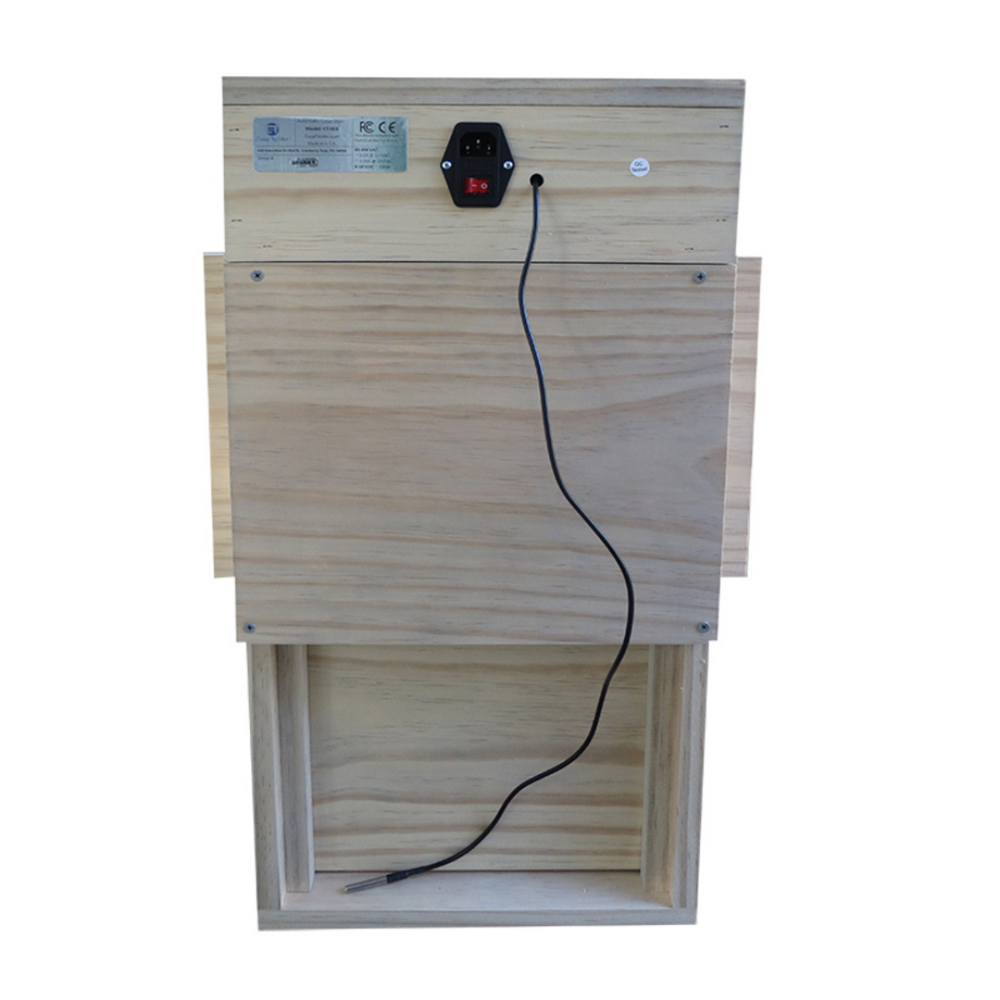

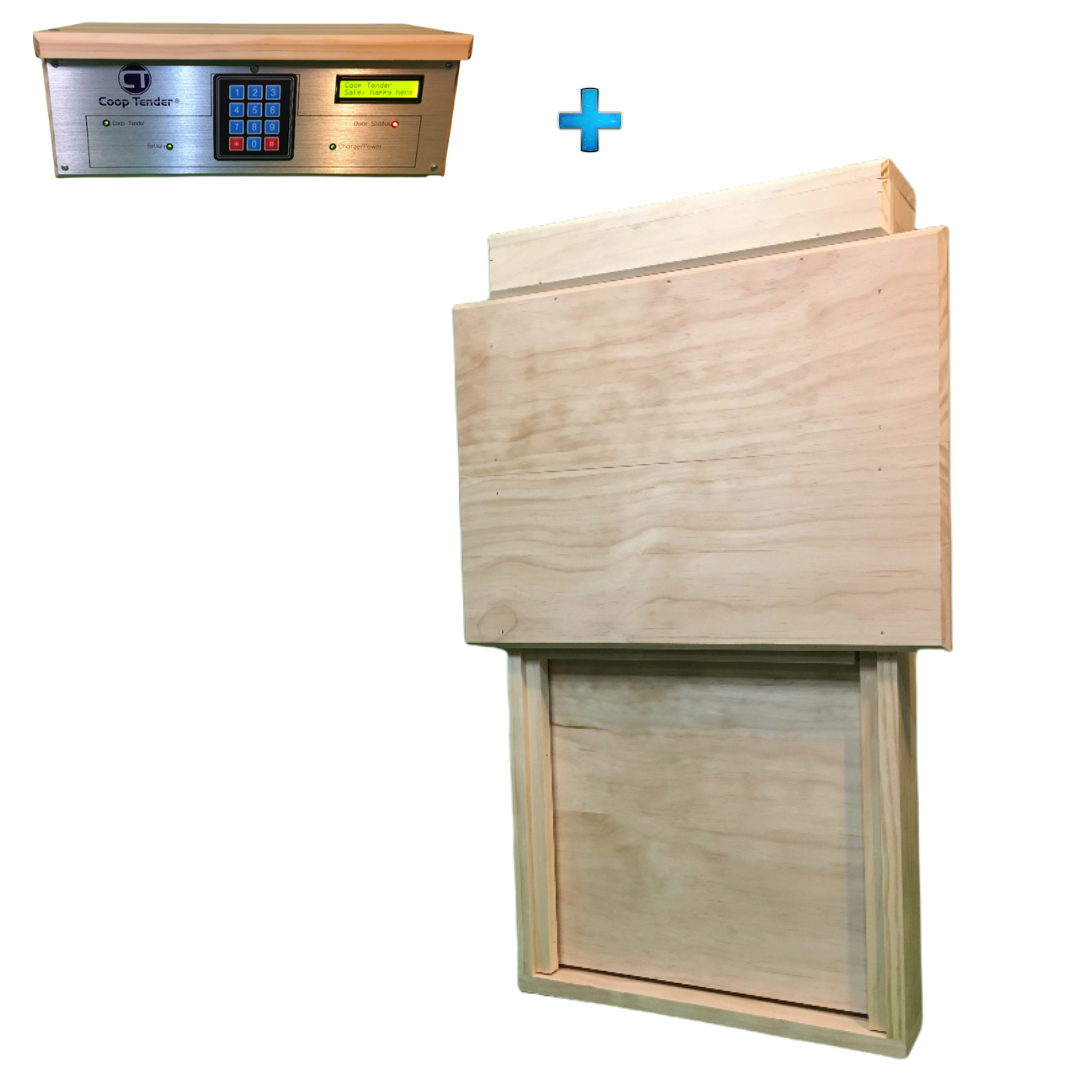
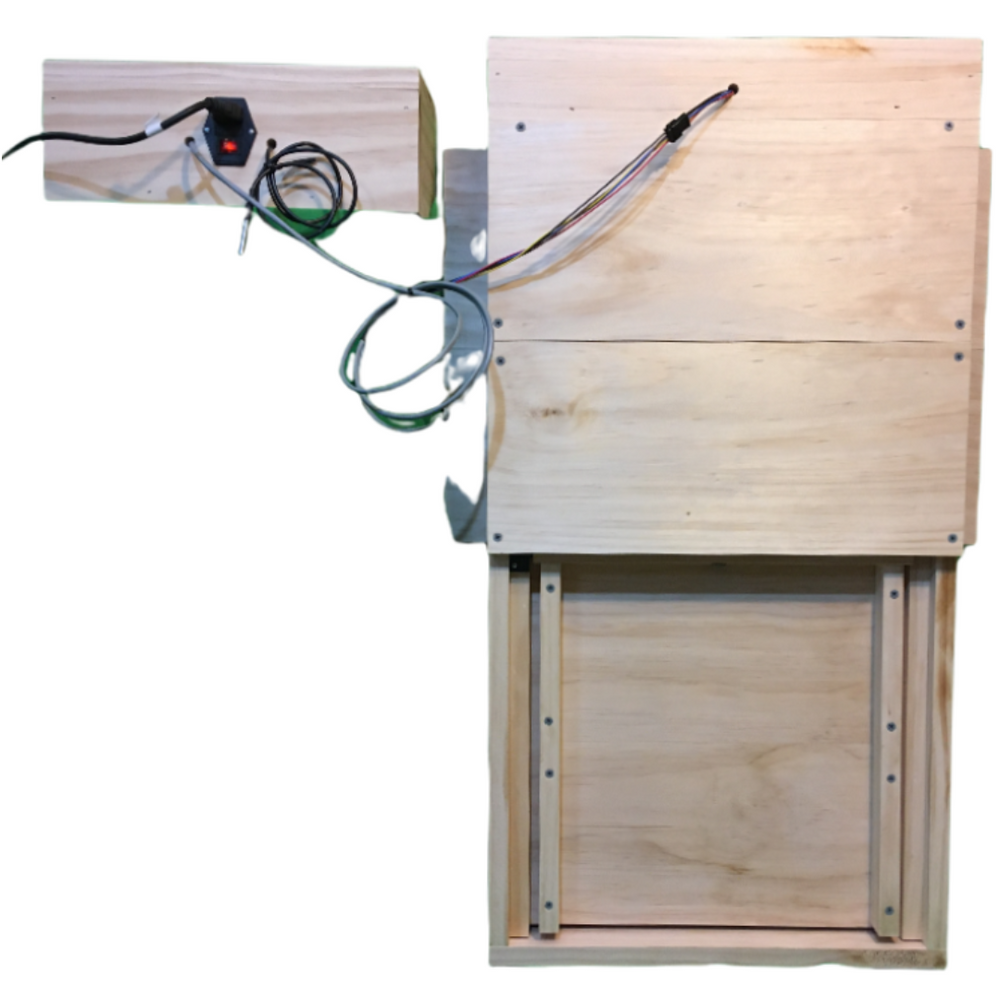
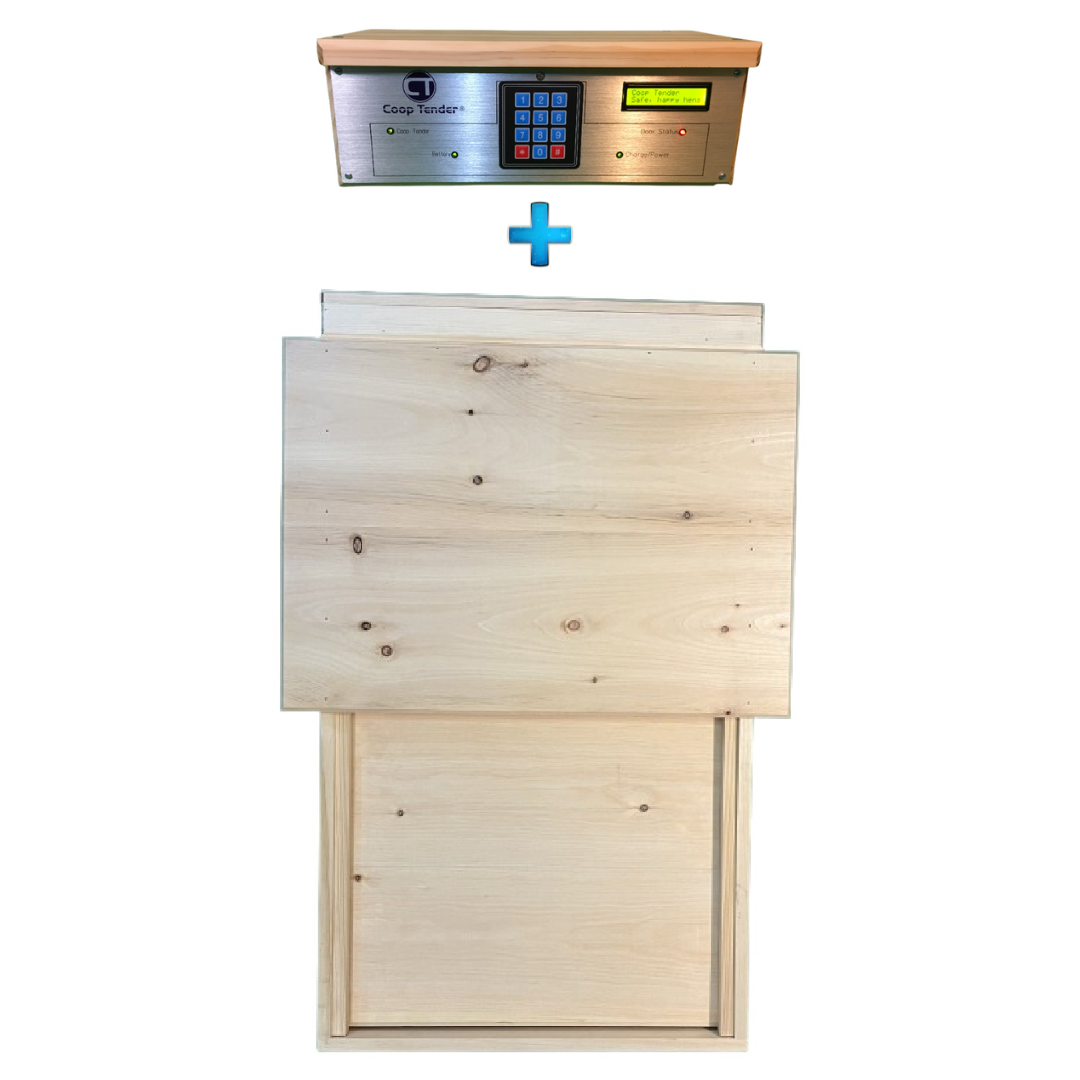
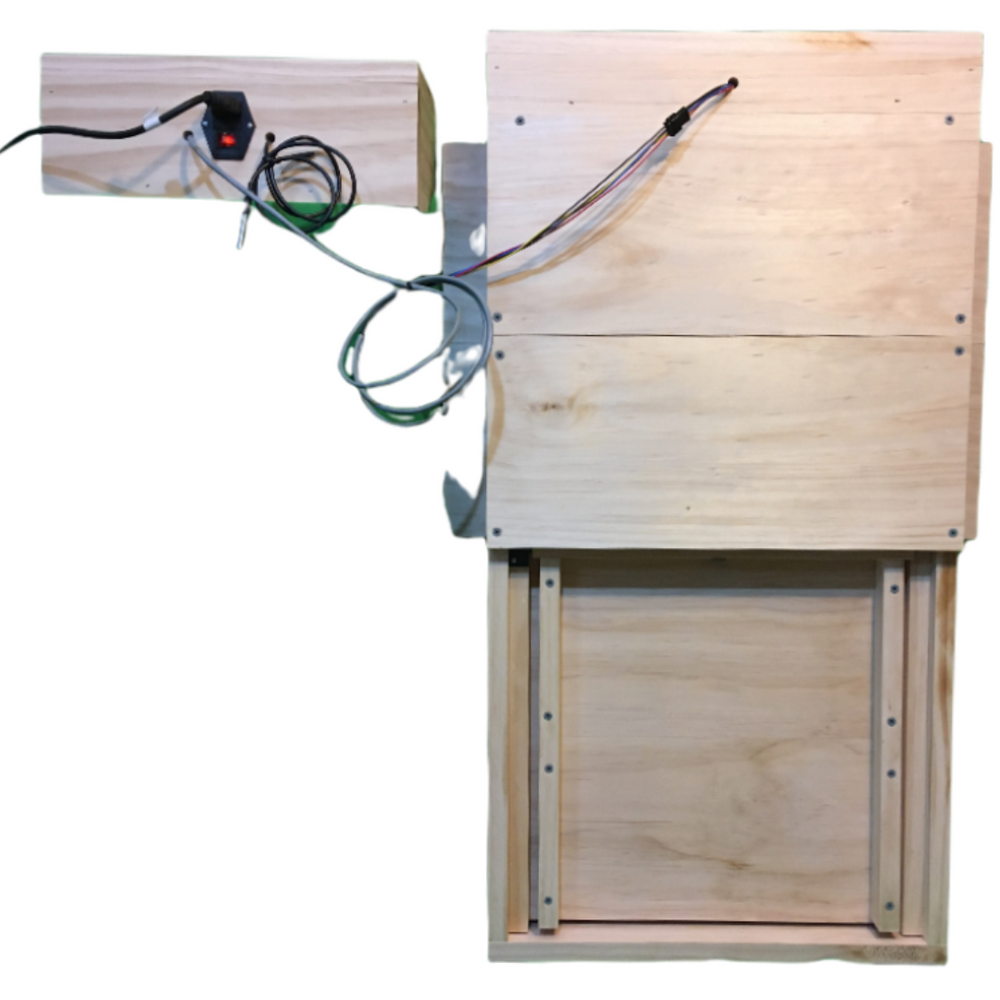
Leave a comment